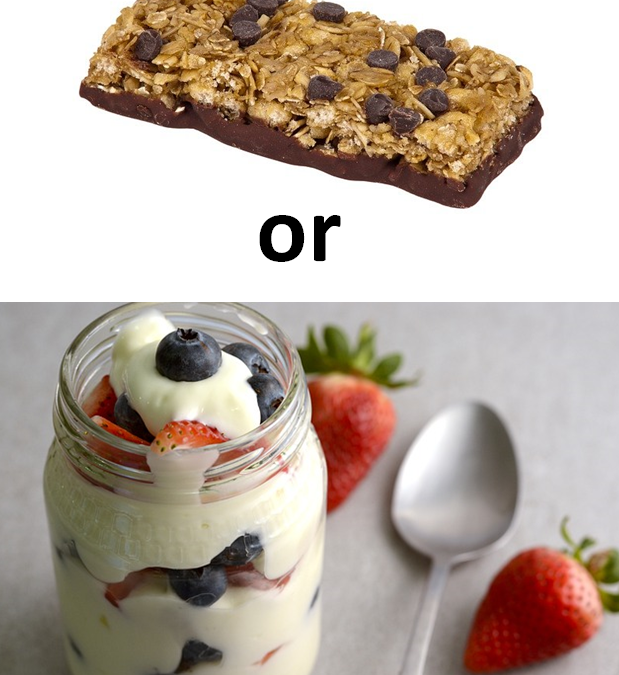I’m always amazed when I ask my high school nutrition class which nutrient is needed in the highest amount in their diets. I expect to hear, “water or carbs”, but time and time again, my students tell me protein. Of course, we need protein, but of the 3 macronutrients, it’s the one we need the least of in our diets. What’s with all the protein hype?
Protein needs
The RDA for protein hasn’t budged in years, with the exception of higher needs for wound healing and bodybuilding. It remains .8 grams per kilogram or roughly half of a person’s body weight. Yet everyone thinks they need more. This consumer confusion and the desire for convenient protein have given rise to the ever-popular protein bar. You can find a protein bar for just about every occasion and health need. Low carb bars, higher calorie, “energy” bars, gluten-free bars, low glycemic index, and so on.
Whey more than necessary
Protein bars may contain a variety of types of protein including whey, soy, pea protein, hemp protein, nut, or seed-based protein. They can vary in protein, calorie, and fat content. Unfortunately, protein bars are highly processed and filled with a lot more saturated fat, sodium, and other unwanted chemicals that we really don’t need. Take inulin, for example. Inulin is a fiber that’s naturally found in artichokes, bananas, and asparagus. It’s commercially added to protein bars and other foods to boost fiber content. This additive is often poorly digested and may aggravate those dealing with IBS.
In reviewing various bars on the market, the average calorie load is roughly 200 calories per bar. For 200 calories, you could have a slice of whole-wheat toast with one tablespoon of peanut butter or a cup of Greek yogurt topped with 1 cup of frozen berries. Neither contains inulin or excess saturated fat.
Low carb?
While several brands market their bars as low carb or keto, the sugar content can still be quite high. The sugar content in one popular bar is 21 grams, which is like drinking half a can of Coke per day. Even the “low carb” Keto bars are fairly high in calories and carbs. One bar was 260 calories with 22 grams of carbohydrate. For that, you could have half of a turkey sandwich on whole-wheat bread.
Fat bomb
All fats are not created equal, but most of us know which ones to avoid. Saturated fat and trans-fat raise blood cholesterol levels and should be kept at a minimum. The American Heart Association advises 5-6% of calories come from saturated fat. If you eat a protein bar full of coconut or covered in chocolate, you’ve likely met your saturated fat limit for the day. While protein bars are great for convenience, many are glorified candy bars.
The next time you want some protein in your diet, reach for these nutrient-packed snacks instead.
• String cheese and whole-grain crackers
• Greek yogurt and fruit
• Hard-boiled egg and toast
• Apple slices with peanut butter
• Roasted chickpeas
• Steamed edamame
• GORP (good old raisins ‘n’ peanuts)
Lisa Andrews, MEd, RD, LD
Copyright foodandhealth.com, reprinted with permission.

